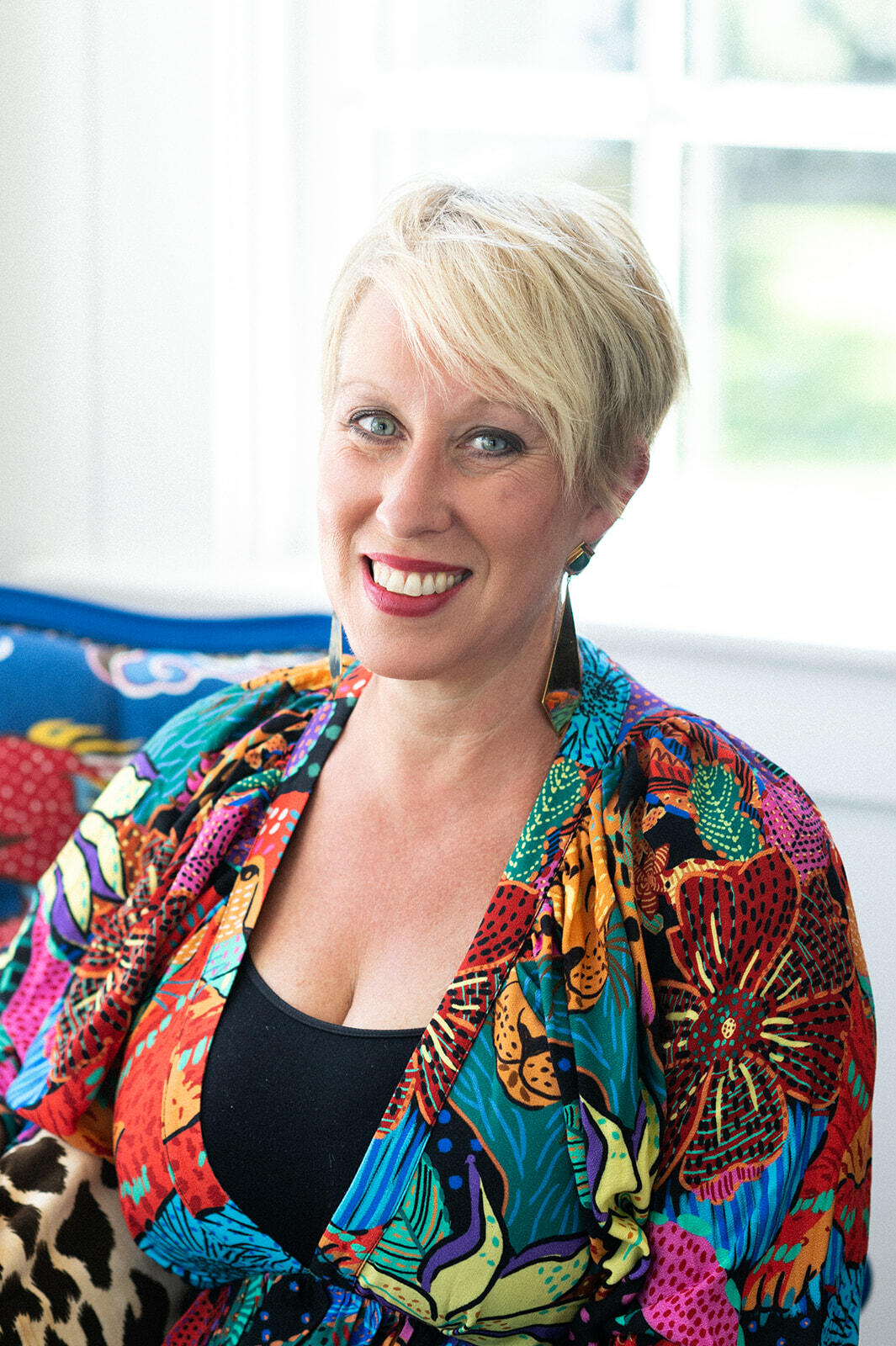By limiting her own role to creative visionary, Cheryl Stauffer freed up space for her firm to grow.
Most designers fall in love with the creative part first, then come to terms with the fact that design is a business too. Cheryl Stauffer was the opposite. “I knew that I wanted to be a business owner at age 12,” says the Columbus, Ohio–based designer. “It took me a while to figure out what it would be.”
After some retail experience in New York and an apprenticeship with another Ohio designer, Stauffer founded her own firm, Crimson Design, in 2003. From the start, she knew she wanted a big business. (Her ideal headcount at first? “I used to say 150 people, but I’ve changed a little.”) At the moment, she’s fielding a team of 20, with more hires on the horizon. But building a team wasn’t as simple as just hiring more people.
Here, Stauffer shares the process of implementing a structure that makes her staff a big team, not a big mess.
The tipping point was in 2017. I was working so much, and I wanted to be able to have time for my young children. So it was a question of finding a balance. At the time, someone handed me the book Rocket Fuel by Gino Wickman. It explains that you need two kinds of people for a business to succeed: a visionary and an integrator. [That idea] changed everything for me. Suddenly I could see that I was the visionary in the business—I can tell you why we’re going to do something, but I can’t tell you how we’re going to do it—and I needed an integrator.

The first thing I did was hire a consultant to help me find my integrator. It needed to be someone who could also run ops—I wanted to be out of that part of the business. Finding that person was so crucial to everything that came after.
The next step was setting up a leadership team to oversee the different parts of the business. That way, it’s not me solving every problem; instead, I’m steering a group of people who are much closer to everything that’s going on. We needed a design director, a finance director and someone to oversee HR. These were mostly people who already worked for the firm, and it was about redefining their roles. You need someone who wants to be a leader and take on the responsibility. In the beginning, we had two designers on the leadership team who ultimately left the firm as more layers of management were added. It was a difficult transition, but you need people who are drawn to that kind of responsibility—you can’t force it.
The best part of having a team in place is being able to let go of everyday problems and trust that they will get solved. It allowed me to take a five-week sabbatical and feel OK about it. As a creative person, my natural instinct is to rebel against process, but what I’ve learned is that process brings clarity to everyone else. It’s the only way to make the firm scalable.
The hardest part is always the people. You’re giving people a lot of responsibility. You have to see their strengths and trust them but also have the hard conversations when something doesn’t work out and you need them to improve. There’s another challenge to having this kind of structure too: Sometimes you need to make exceptions to keep the clients happy. Relationships trump process, so that can be a source of friction—when everyone wants to follow the rules we’ve created, but we need to make sure we’re building the relationship.
We still have work to do. Just this year we added another tier of management under the leadership team so that there are leaders who oversee certain functions—like purchasing, for example. You really need that once the firm grows bigger than 12 people. And going forward we need to add more people to the leadership team. It’s a work in progress, and I’m always looking for ways to improve the business, often from outside the design industry. I always encourage people: Don’t get stuck in the [processes of the] design world, because there are so many other ways to run a business, and there are lots of great ideas out there.
Homepage image: Crimson Design Group used the power of symmetry and scale in the entrance to a luxury apartment complex in Ohio | Marshall Evan




































